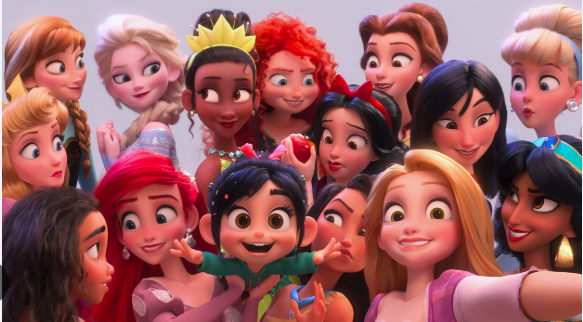Last month, the long awaited film adaptation of the not-so-cult classic video game franchise
Five Nights At Freddy’s was released in theaters and on streaming platforms to inordinate financial success. With a budget of only 20 million USD, it’s seen a box office return of 217 million USD — 132.6 million of which was made on debut — seemingly in opposition to the fact of it’s being released on streaming services the same day to widespread critical denouncement. On Rotten Tomatoes it boasts a now infamous ratio of a 28% critic score, to a 89% audience score. So who are these dedicated movie-goers, and why is there such a clear split between audience and critic perspective? The answer to this lies in the history and nature of the source material of the movie.
Five Nights At Freddy’s was a horror game released nearly ten years ago in 2014, by the previosly unknown game developer Scott Cawthon (who would eventually be credited for co-writing the script of the movie). It centered around shock based scares and atmospheric tension through the use of simplistic yet compelling game design, the story of the game acting merely as a device to suspend the player’s disbelief. This simplicity and release date of the game would serve to elevate it to the attention of the then golden age YouTube’s creator’s eyes. Letsplayers and game enthusiasts such as: Markiplier, Game Theory, Jackscepticeye, and numerous others all latched on to the game, competing to have the most extreme reactions to the game’s musical stings and split-second scares. YouTube’s bulk adolescent audience was enchanted, and the game’s popularity skyrocketed, encouraging Scott Cawthon to turn this meager project into a full fledged franchise, complete with: merchandise, books, and (as of now) twelve more games. Nine years later, these same dedicated fans are the ones who turned this seemingly negligible cheap horror film into a box office hit.
The plot of the movie revolves around the protagonist Mike Schmidt and his younger sister Abby, who Mike must care for due to the death of their parents. Throughout the course of the movie, Mike also struggles with guilt over the abduction of his younger brother Garret; which drives him to a Donnie Darko-like obsession with dreams and active imagination. You may think that this seems like a strange choice of plot for a horror movie which revolves around a supernatural pizza parlor, and you would be right. Throughout the entire movie, the characters’ motivations and the actual core of the movie seem to be at odds with each other, to the point where it seems like the writers were forced to splice in a Hallmark family movie into a gorey borderline creature-feature. This prevents either aspect of the movie from becoming anything more than sadly amusing, with scenes like the core animatronic threats of the movie building a pillow fort with Mike and his sister after brutally murdering three people, one of whom is literally torn in half. But excluding these moments of unintentional contextual hilarity, the movie overall is an unengaging slog through mediocre horror, action, and characters so half baked eating them would give you worms — a sentiment echoed by critics.
So what does this box office rocket launch, and critical train crash indicate about the current paradigm of filmmaking? Well at least to the studio that produced it, Blumhouse, it shows that focusing on the background interest and microcosmic internet fanaticism — more than the actual content of the movie itself. Can be more reliable than concerting something of innate, non viewer related value. There have been plenty of examples of movies being produced for small and specific audiences, take your pick of any semi-artsy indie film released in small theaters, but one that is based on simple film conventions for a major release is new. Films like the upcoming A24 “Back Rooms” film to be directed by a youtuber-filmmaker align with this shift. In a market of sequels, prequels, and reboots we may soon see a shift to original yet highly specific and risk free movies. In much the same way that television has moved entirely to instant gratification based on viewer input, the film industry may soon fully take the plunge into niche, yet consistently profitable “programming”. If there is one thing you take away from this article as an internet age consumer, it is to support quality movies when they manage to rise to the public eye. Not out of traditionalism, or opposition to the interests of gen z: but rather to preserve a consistent quality of film which is threatened by this change, the magic of collective experience and interpretable yet quality storytelling.












